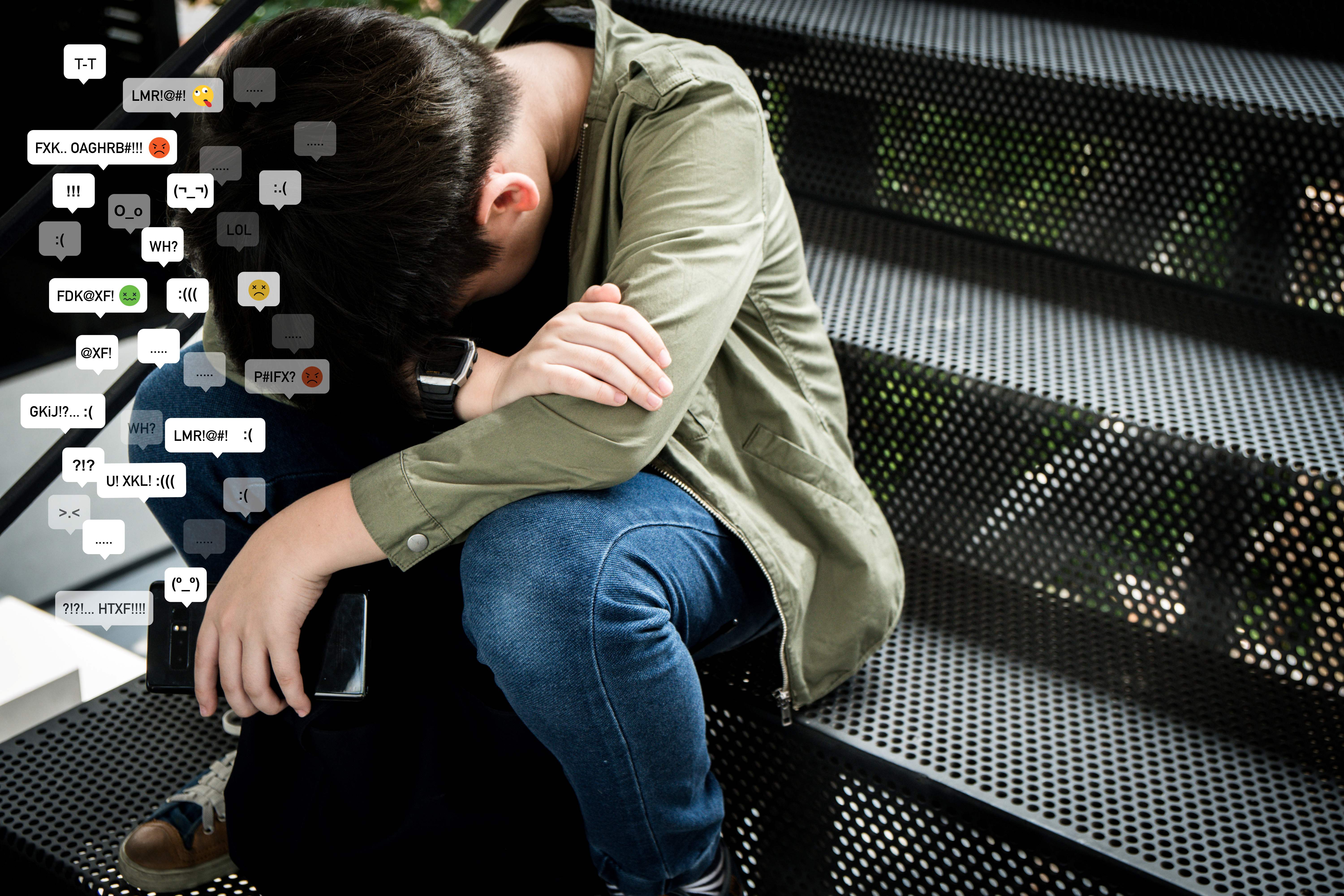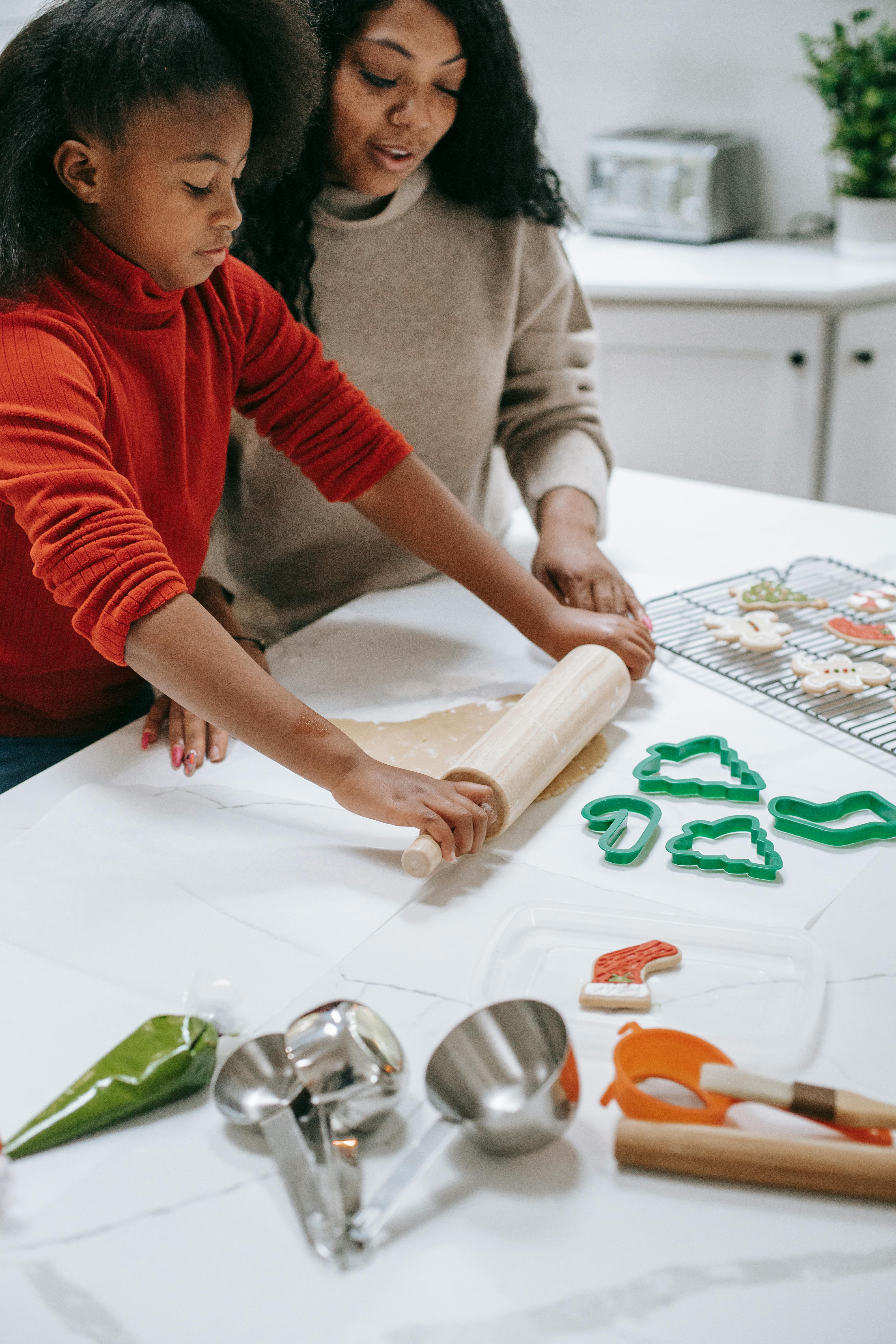When "Teasing” Crosses the Line
Bullying, Cyberbullying, & Risky Behaviors

Most parents remember a time when “mean kids” were mostly a playground problem. A little name-calling, a shove on the bus, maybe a note passed in class. But these days, bullying doesn’t stop when the school bell rings. It can follow our kids home: onto their phones, into their group chats, and even into the online games they play for fun.
If that thought makes your stomach drop a little, you’re not alone. Every parent worries about their child being hurt, or even being the one doing the hurting. The good news? You have more power than you might think. By staying connected, setting healthy boundaries, and having honest conversations, you can help your child recognize bullying, stand up for others, and know they can always come to you for help.
What bullying really is (and isn’t)
Kids often toss around the word “bully” for any kind of conflict. But not every argument or joke is bullying. As the Operation Parent Handbook explains, teasing can be playful and mutual—both kids are laughing, and it stops when one says “enough.” Bullying, on the other hand, defines the relationship. It’s repeated, one-sided, and meant to hurt.
HealthyChildren.org echoes that definition: bullying involves an imbalance of power—physical strength, popularity, or even online reach—that’s used to control or harm another child. It can show up as physical aggression, mean teasing, exclusion, rumor-spreading, or online harassment.
Understanding this difference helps parents respond calmly and effectively. If your child says someone is “being mean,” dig deeper. Is it a disagreement that can be worked out, or an ongoing pattern that’s making them feel unsafe?
How bullying affects kids
Bullying can shake the confidence and sense of safety of a child. Victims may become with drawn, anxious, or start avoiding school. You might see sudden mood changes, sleep problems, or vague stomachaches that come out of nowhere.
HealthyChildren.org notes that the emotional impact can last long after the bullying stops. Children who are bullied are more likely to struggle with self-esteem, anxiety, and even depression.
The Operation Parent Handbook reminds that kids rarely tell adults right away. They might feel embarrassed, worry about being labeled a “tattletale,” or fear their devices will be taken away if they admit to cyberbullying. That’s why keeping communication open—and judgment-free—is so important.
Cyberbullying: the bullying that never clocks out
Technology has changed how kids connect—and unfortunately, how they can hurt each other. Cyberbullying happens through texts, social media, gaming chats, and group messages. It might look like spreading rumors online, posting mean comments, or sharing embarrassing photos.
What makes cyberbullying so painful is that it can happen anytime, anywhere. There’s no safe zone when the phone is always nearby. Messages can spread fast and wide, leaving kids feeling trapped or humiliated.
The Operation Parent Handbook gives a simple reminder: “THINK before posting or texting.” If your child is mad or upset, encourage them to cool off before reacting online.
Here’s something many parents may not realize, cyberbullying often starts in videogames.
When “fun and games” turns into online bullying
For many kids, online gaming is social time. It’s where they connect, compete, and laugh with friends. But it’s also a common setting for bullying. The Operation Parent Handbook points out that “trash talk” and jokes can quickly turn cruel, especially when headphones and chat features make it easier to say things we’d never say face-to-face.
StopBullying.gov also highlights gaming as a growing concern. In these virtual worlds, kids can be teased for their skill level, gender, or even for not having the “right” gear or skin. Harassment can include name-calling, ganging up on players, or excluding someone from group play.
If your child plays games that allow online chat, try these simple tips from the experts and from Operation Parent’s technology section:
- Keep gaming in shared spaces. Have your child play where you can occasionally listen in. Headphones make it easy for hurtful comments to go unnoticed.
- Set privacy settings and friend limits together. Help them understand who they’re really playing with and how to block or report players who cross the line.
- Encourage kindness. Talk about being a good teammate, celebrating others’ wins and walking away from drama.
- Model calm tech habits. Kids learn more from what we do than what we say. If they see us respond thoughtfully to online stress, they’re more likely to do the same.
Gaming can be a great family activity, too! Operation Parent recommends turning it into a connection opportunity and simply hanging out together! Try asking questions about their favorite games and use it as a chance to talk about what’s appropriate online.
Helping kids speak up—and stand up
One of the best ways to protect kids is to empower them with tools to respond safely. Operation Parent’s “STOP, BLOCK, TELL” strategy makes it easy for younger kids to remember:
- STOP – Don’t reply to hurtful messages or comments.
- BLOCK – Block the person (if it’s occurring online) and avoid places where the bullying happens.
- TELL – Talk to a trusted adult right away.
Make sure your child knows that telling an adult isn’t tattling—it’s courage. You can even role-play scenarios together, so they feel more confident. Ask, “What would you do if someone called you a name online?” or “What could you say if a friend was being left out?”
Encourage your child to be someone who stands up for others. StopBullying.gov notes that when bystanders speak up, bullying often stops quickly. Praise acts of kindness and courage when you see them, even in small moments.
If your child is the one doing the bullying
It’s never easy to hear that your child has hurt someone. However, we can’t ignore it, we MUST address it. Kids who bully may be struggling with big emotions, peer pressure, or social skills they haven’t yet developed.
Here’s how to respond:
- Stay calm. Listen before reacting.
- Be clear that bullying is not acceptable and outline the specific behavior that needs to change.
- Work with teachers or counselors if the behavior continues.
- Help your child make things right through an apology, an act of kindness, or a conversation about empathy.
- Most importantly, model respect and self-control in your own interactions. Kids learn more from our tone than our lectures.
Creating a culture of kindness at home
Bullying prevention starts long before the first mean comment. It begins at home with how we talk about others, handle conflict, and treat people who are different from us.
Operation Parent’s message to families is simple: connection is your strongest protection. Kids who feel loved, valued, and safe at home are more likely to come to you when something’s wrong, and less likely to seek power by putting others down.
Make a habit of talking about your child’s day: the highs and lows, the friend drama, the funny moments at lunch. Ask open-ended questions:
- “Who did you sit with today?”
- “Did anyone get left out?”
- “How did you handle it when that happened?”
Those littlecheck-ins build trust. And when a big problem comes up, your child already knows you’re a safe place to turn.
The bottom line
Bullying maybe an old problem, but today’s kids face it in new ways, through group chats, video games, and endless online access. As parents, we can’t monitor every moment, but we can stay connected, set healthy limits, and teach our kids to use their voice kindly and confidently.
When you talk about bullying early, model respect, and stay involved in your child’s world, both real and digital, you send a powerful message: You’re not alone, and you don’t have to face this by yourself.
That’s the heart of prevention—and the heart of parenting.
%5B90%5D.avif)





